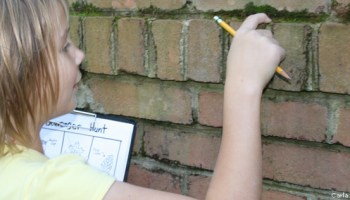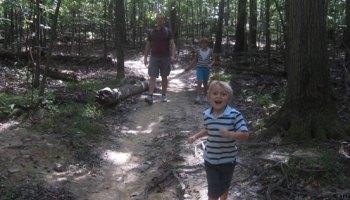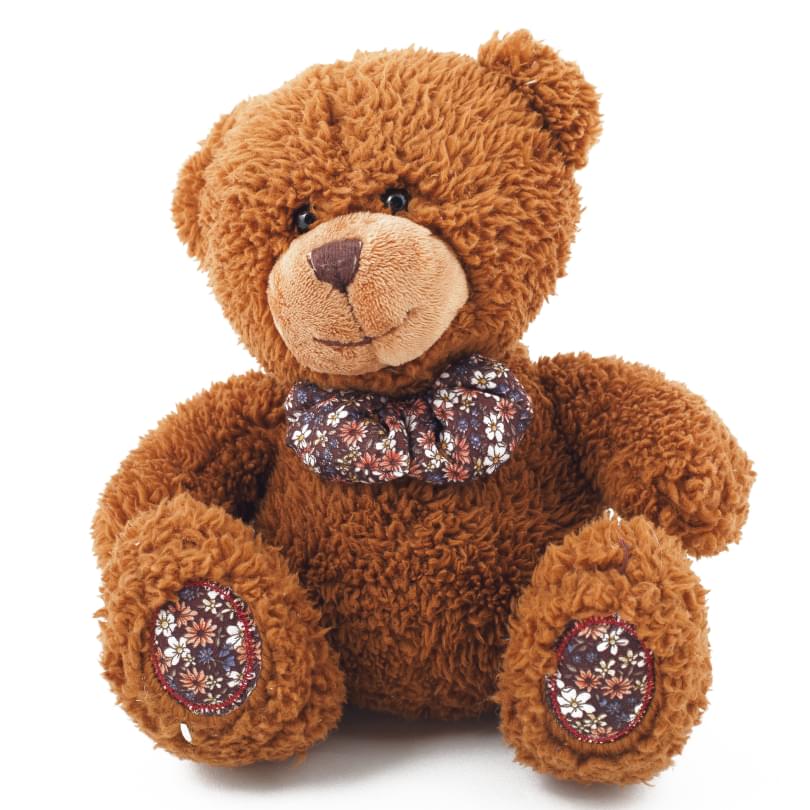
Product 1
Add more detail about this product, such as benefits or components

Whether your family lives in a city and enjoys access to public parks and gardens or lives in a rural setting such as mine, making time for outdoor play every day is a lifestyle choice you won’t regret.
Related: Sticks and Stones Outdoor Activity Book for Kids
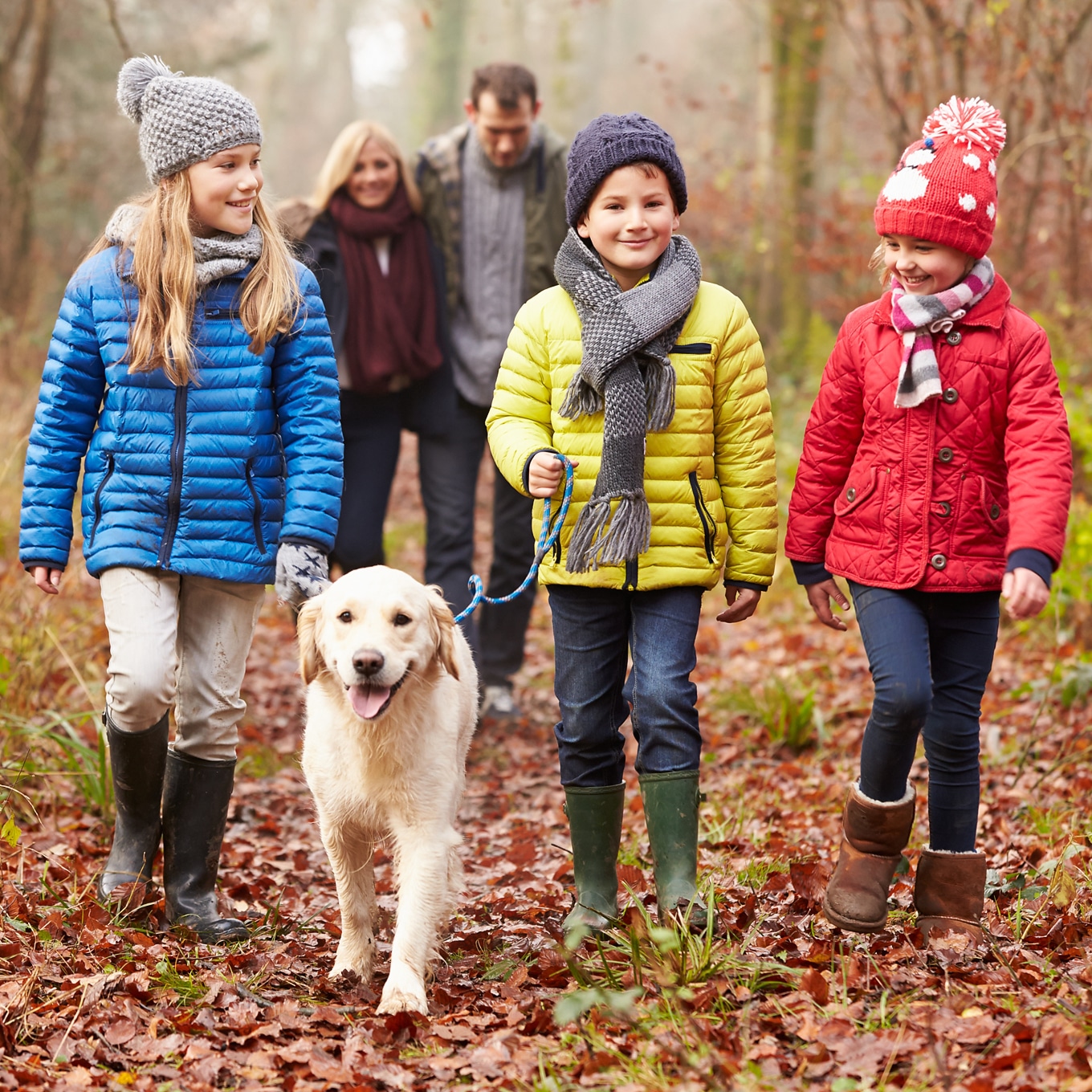
Credit: Monkey Business | Adobe Stock
Nature walks need no agenda! You can search for wildlife, plants, or geocaches. You can explore vernal pools, hunt for edible plants, or collect colorful leaves.
Or, just stroll, breathe deep, and enjoy the fresh air, weather, and sounds of nature.
When you are going on a nature walk with kids, get everyone dressed appropriately for the weather! It is also helpful to have:
Close-toed shoes (we love KEEN sandals in the summer)
Insect repellent and/or sunscreen
Tip: Keep a change of clothes and a towel in the car just in case your kids decide to play in mud or water!
In my twenties, I worked for the local YMCA camp as an outdoor educator. Leading groups of kids and adults on nature walks was a large part of my workday. Let me tell you, there is nothing more thrilling than watching a child’s eyes widen at the sight of a deer or seeing him catch a toad for the very first time!
So lace up those close-toed shoes and grab your favorite water bottle! Shared below are 5 of my best tips for enjoying meaningful and engaging nature walks with kids.
For the simple purpose of supervision, I prefer to have kids walking in front of me rather than behind me. More importantly, letting kids lead a nature walk builds confidence and decision-making skills while satisfying their innate curiosity.
If your child is a toddler, you may feel inclined to strap her into a backpack or an all-terrain stroller. I would love to encourage you not to do so!
If a child is in a stroller, she cannot stop to examine pine needles or gently touch lichen growing on a tree. When carried in a backpack, he may not notice the beetle crawling over a rotting log, or the stunning orange leaf in the middle of the path.
There is so much for children to see, touch, smell, and discover on a nature walk!
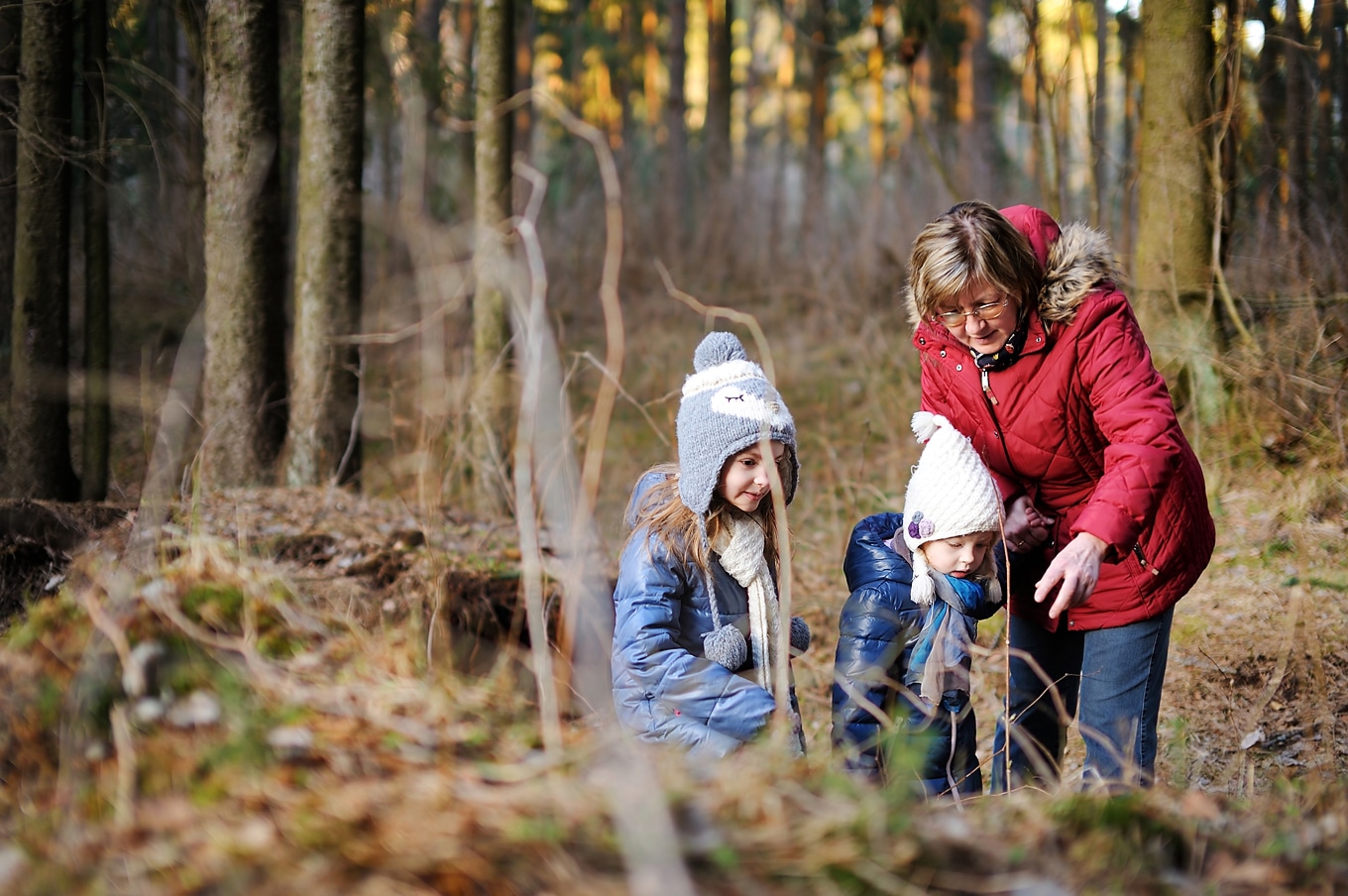
Photo: MNStudio | Adobe Stock
Sure, you may not get very far while walking with a little one…but that’s okay! Allow your child to set the pace, and avoid hurrying her along.
Related: 10 Ways to Spend Quality Time with Kids
Bring a bag and invite your child to start a nature collection by gathering interesting items that have fallen to the ground. Pine cones, bark, leaves, sticks, small stones, and seeds can all be saved and used for nature crafts.
We store our nature collection in a basket outside on the porch. Right now, there is even a small mammal skull in it!
Tip: Provide magnifying glasses, plastic tweezers, and kid-friendly field guides so kids can examine and identify their treasures.
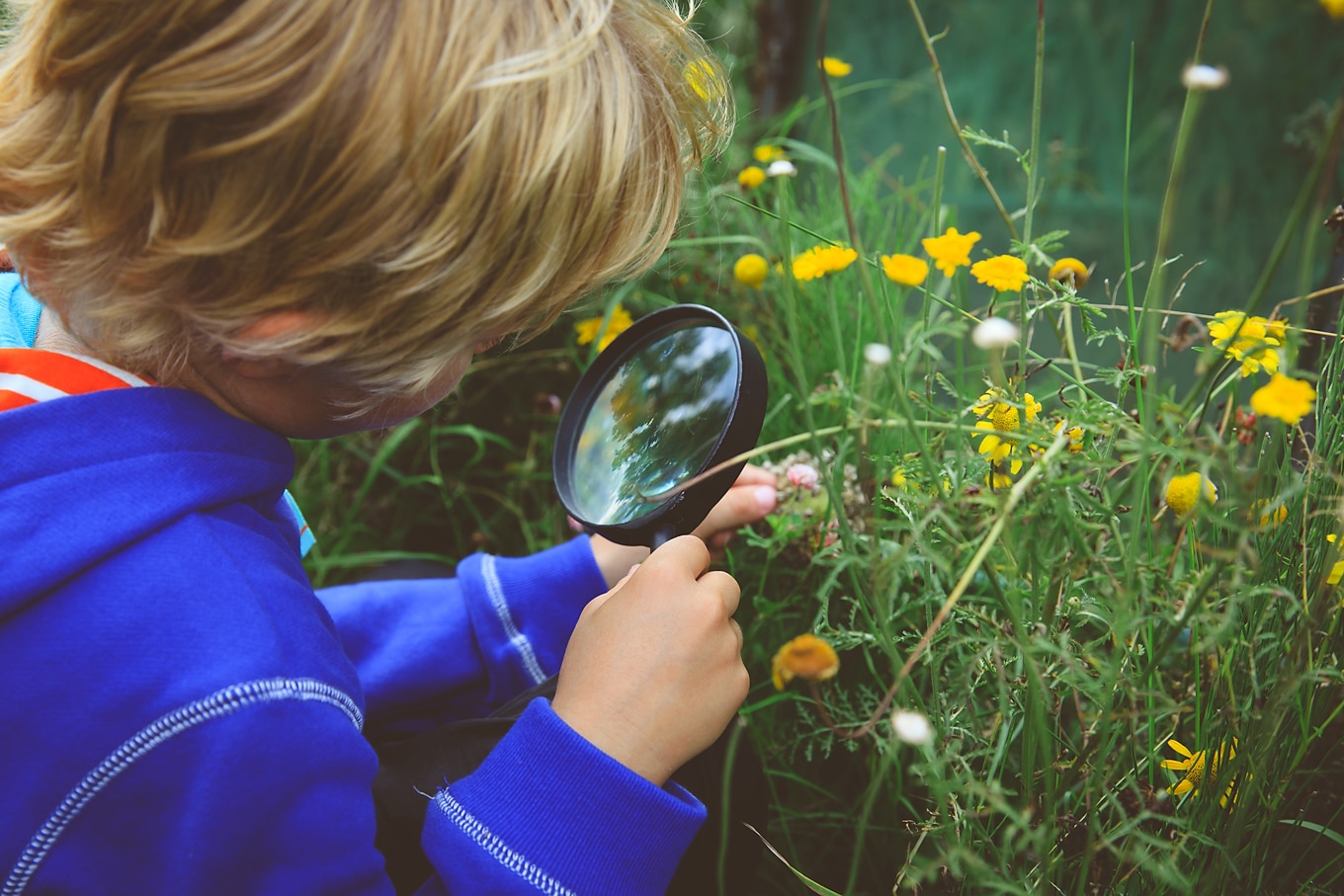
Photo: nadezhda1906 | Adobe Stock
There is satisfaction in listening to the not-so-silent sounds of the forest. Mindful listening is being fully present and aware of yourself and the sounds around you.
Through mindful listening, kids will notice and feel gratitude for the sounds of wind, birds, babbling brooks, leaves, and crackling twigs.
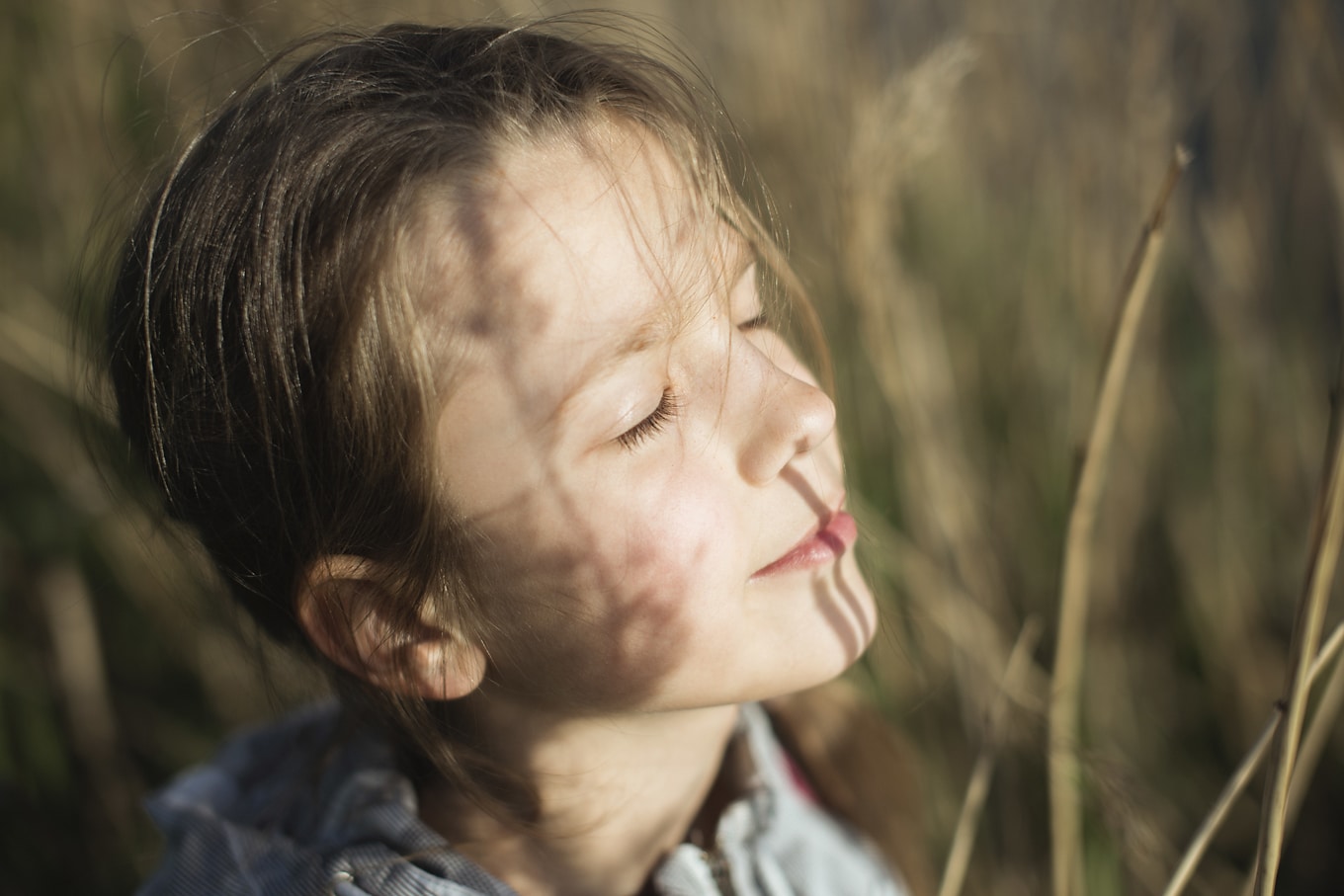
Photo: Yury Zap | Adobe Stock
Try it: Invite your child to close their eyes, press their face towards the sun, and listen to the sounds of nature. What do they hear?
Kids and clothes are so very washable! And a little dirt helps build a child’s immune system.
Say yes to mud squishing, puddle jumping, creek splashing, frog catching, and hill rolling. Let your child’s hair become wild and unruly and their cheeks pink and streaked with dirt!
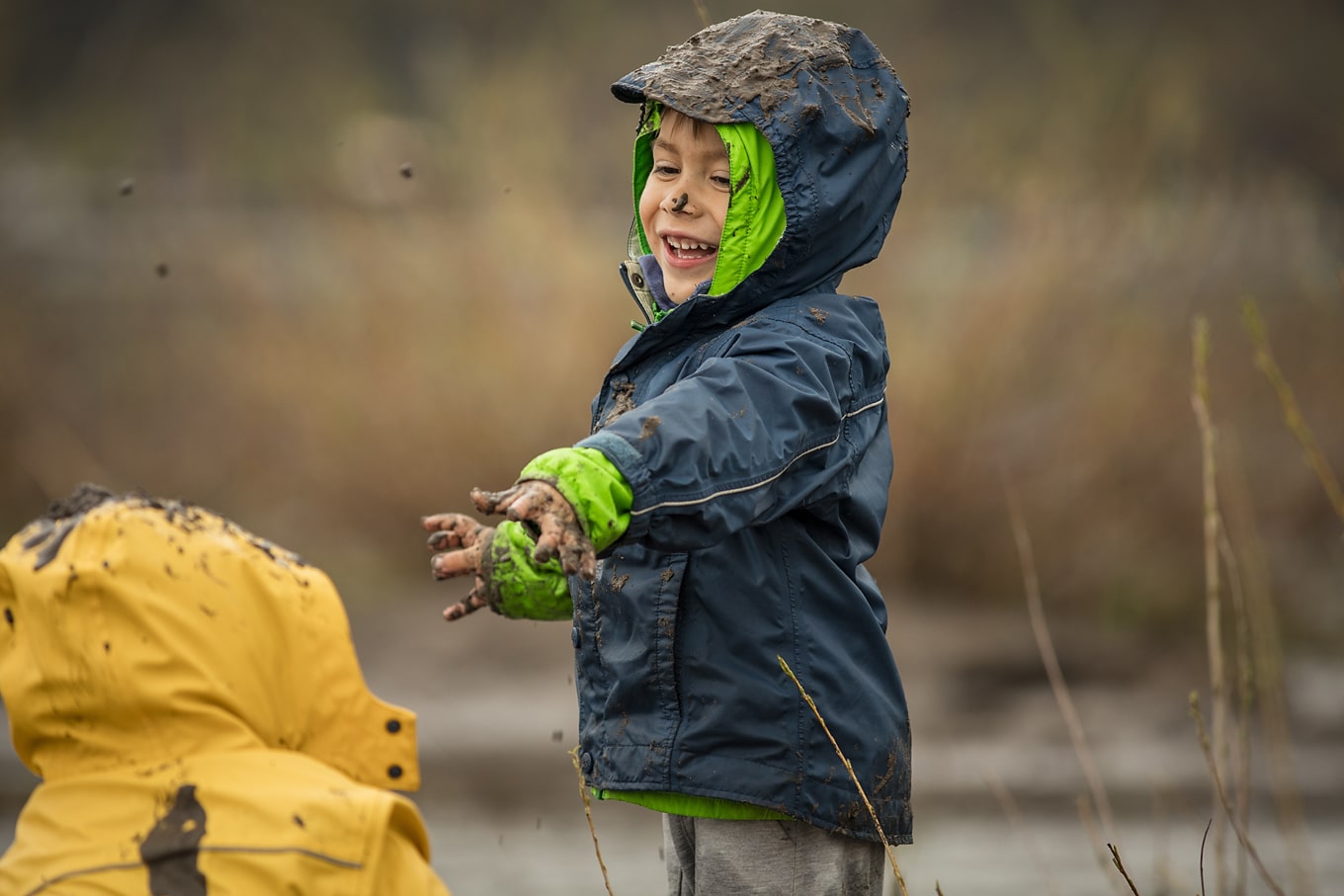
Photo: Paloma Ayala | Adobe Stock
Photographs of kids in nature are incredibly touching and you won’t want to forget these moments with your family.
Additionally, not everything your child finds on the nature walk can be brought home to their nature collection. Instead, consider snapping a picture as a keepsake.
Related: Fun Outdoor Arts and Crafts Ideas for Kids

Photo: Syda Productions | Adobe Stock
Simple nature walk activities are fun and can help kids become more engaged in the experience. Shared below are some of our favorite ideas:
Pack small canvases and travel-sized tubes of green and brown paint. Invite your child to create camouflage art with paint, grass, leaves, dirt, and twigs. The paintings can dry in the sun while you enjoy lunch or explore a creek. Collect items for nature crafts!
Invite your child to collect interesting leaves, like tuliptree or sassafras leaves. Back at home, use those leaves to make colorful leaf-stamped shirts.
Building a gnome or fairy home sparks imagination and creativity! Best of all? All the supplies you need for this nature walk activity are found outdoors!
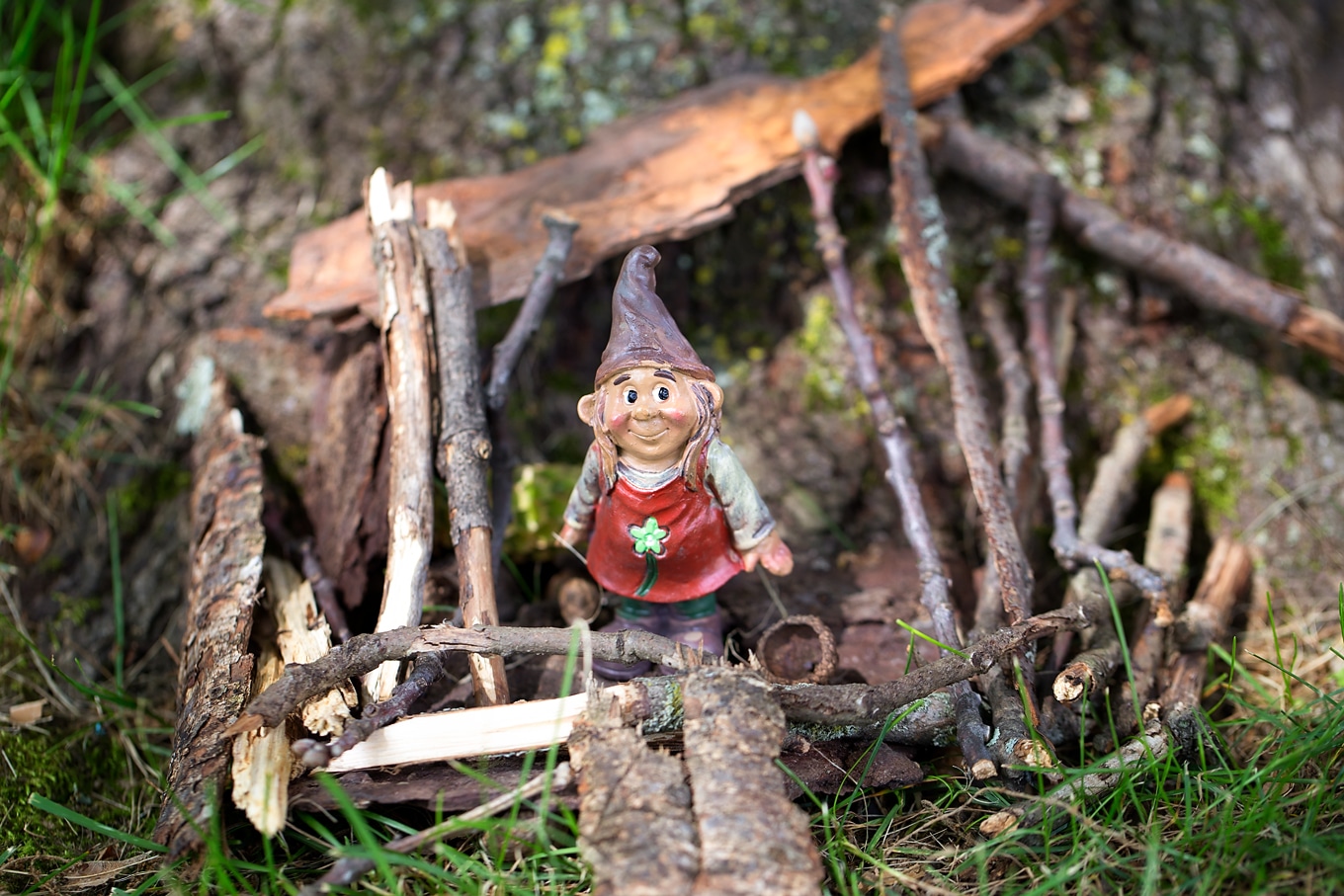
The moment you place a flower crown on your child’s head, they become king or queen and are swept into the magical world of imaginative play.
My young boys love to play the color match game, I Spy, and participate in nature scavenger hunts.
Kids love to work with friends and siblings to build log forts. It’s so fun to see what they create!
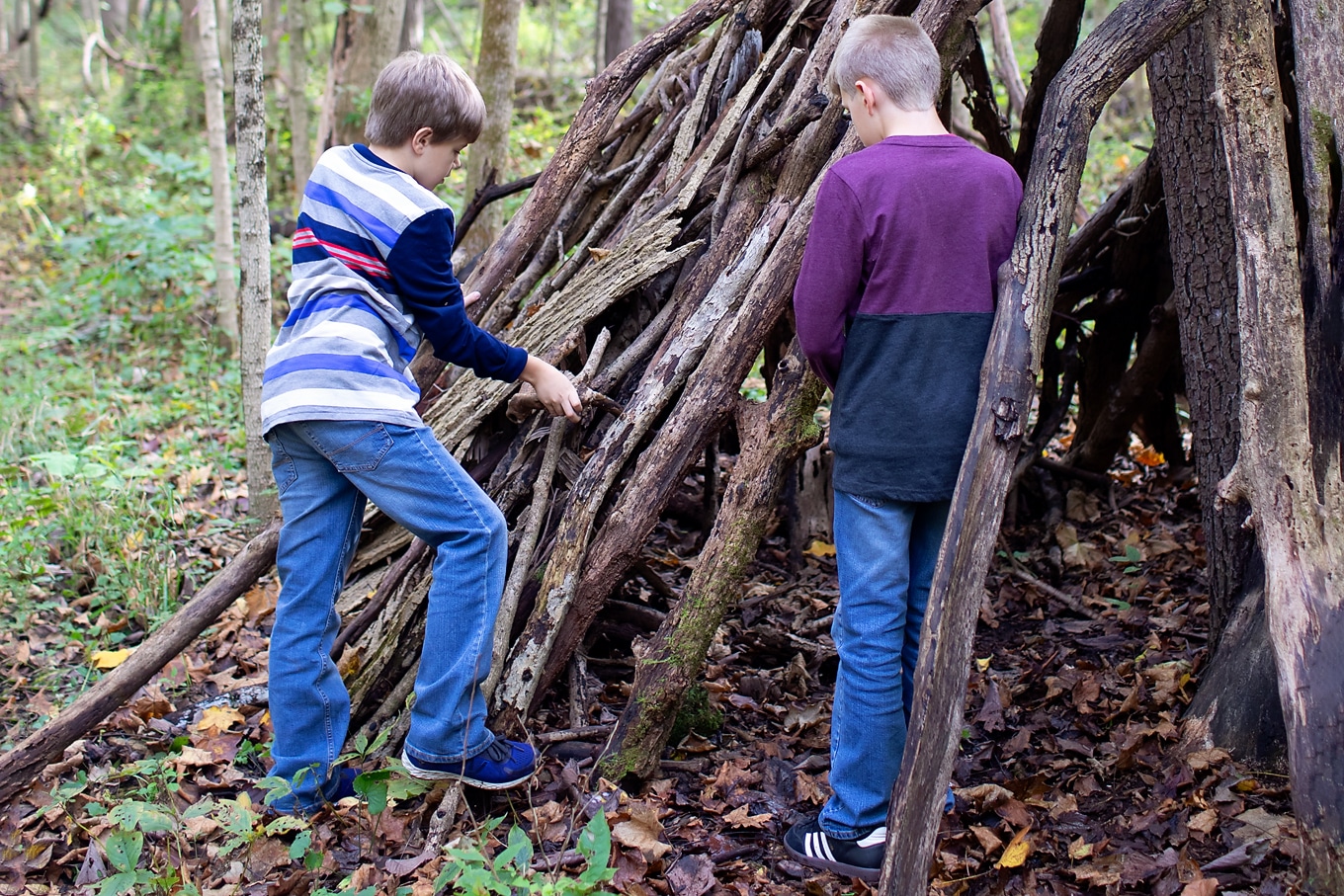
There is so much to see and discover outdoors! When I take kids on nature walks, some of the things we look for include:
Deciduous trees
Evergreen trees
Leaves
Flowers
Buds
Mosses
Sticks
Pine needles
Fruit, such as apples, pawpaw, blueberries, and black raspberries
Edible plants, such as cattails, wild garlic, and dandelions
Aromatic plants, such as wintergreen
Bark
Sap
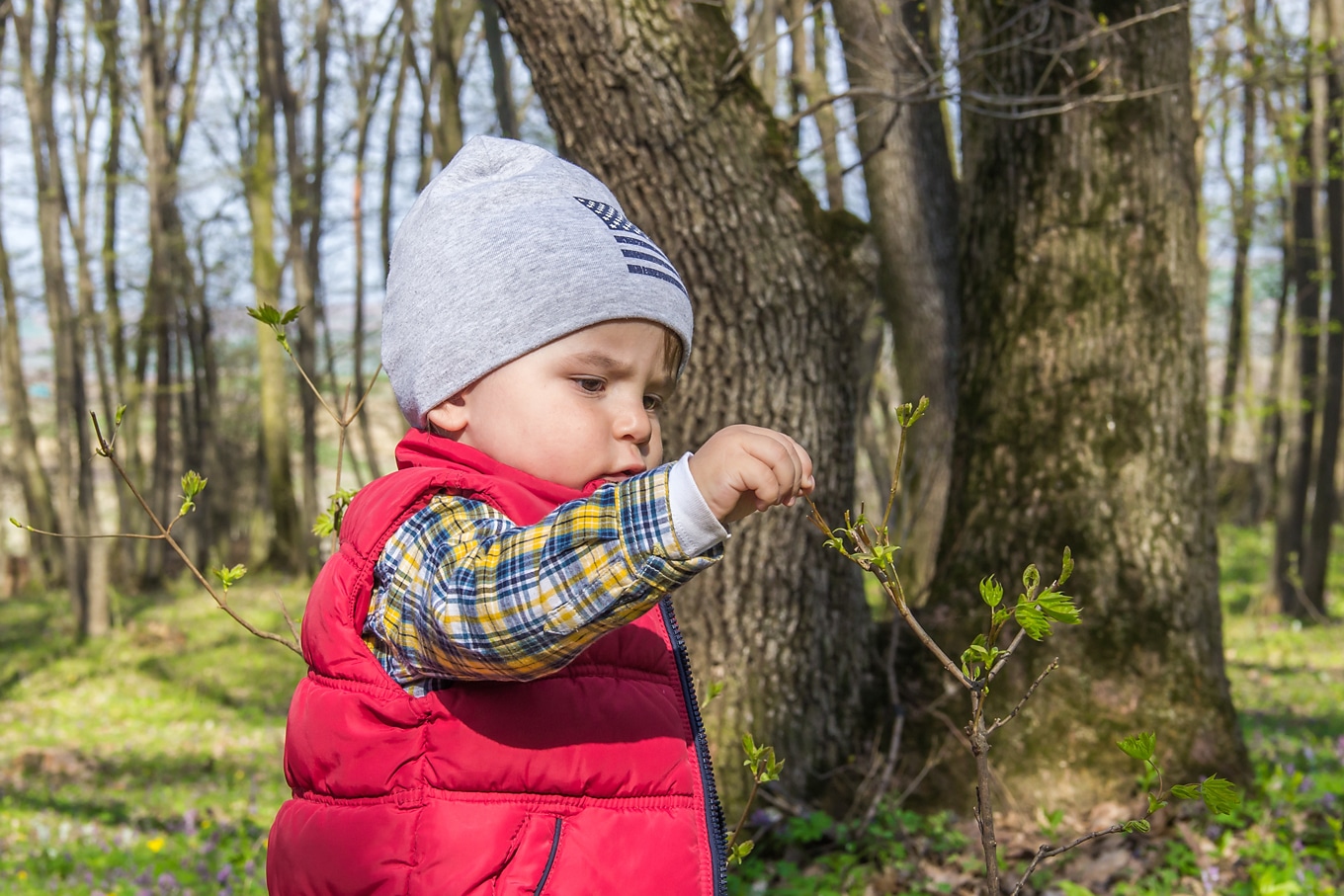
Photo: catalin30682 | Adobe Stock
Acorns
Pine cones
Walnuts
Chestnuts
Maple keys (helicopters)
Milkweed pods
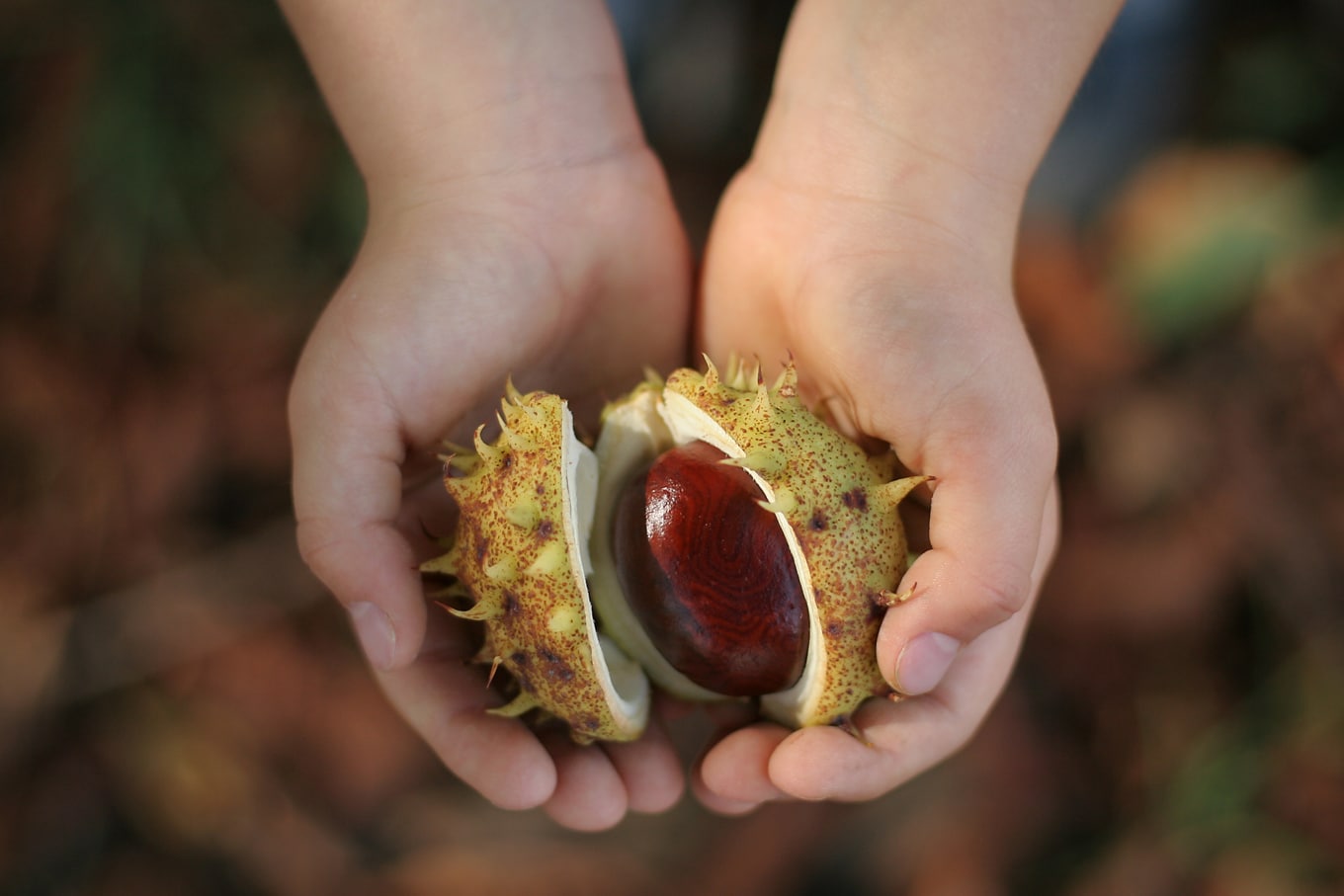
Photo: Anna Kubczak | Adobe Stock
Shelf fungi
Mushrooms
Slime molds
Lichens
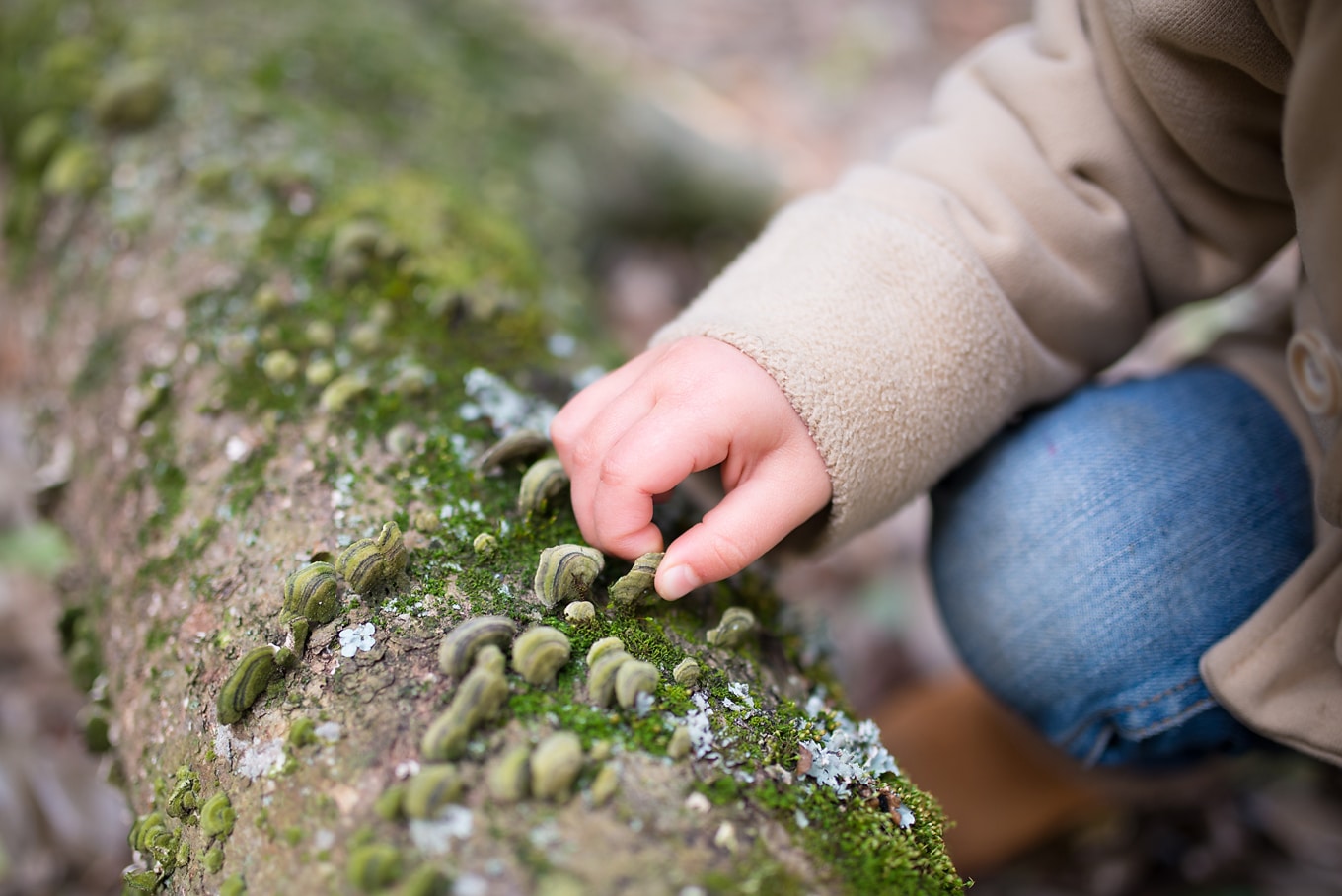
Photo: hakase420 | Adobe Stock
Mammals, such as squirrels and deer
Birds, such as hawks and woodpeckers
Reptiles, such as turtles and snakes
Amphibians, such as frogs and salamanders
Insects, such as fireflies, ladybugs, and mantids
Crustaceans, such as crayfish and pill bugs
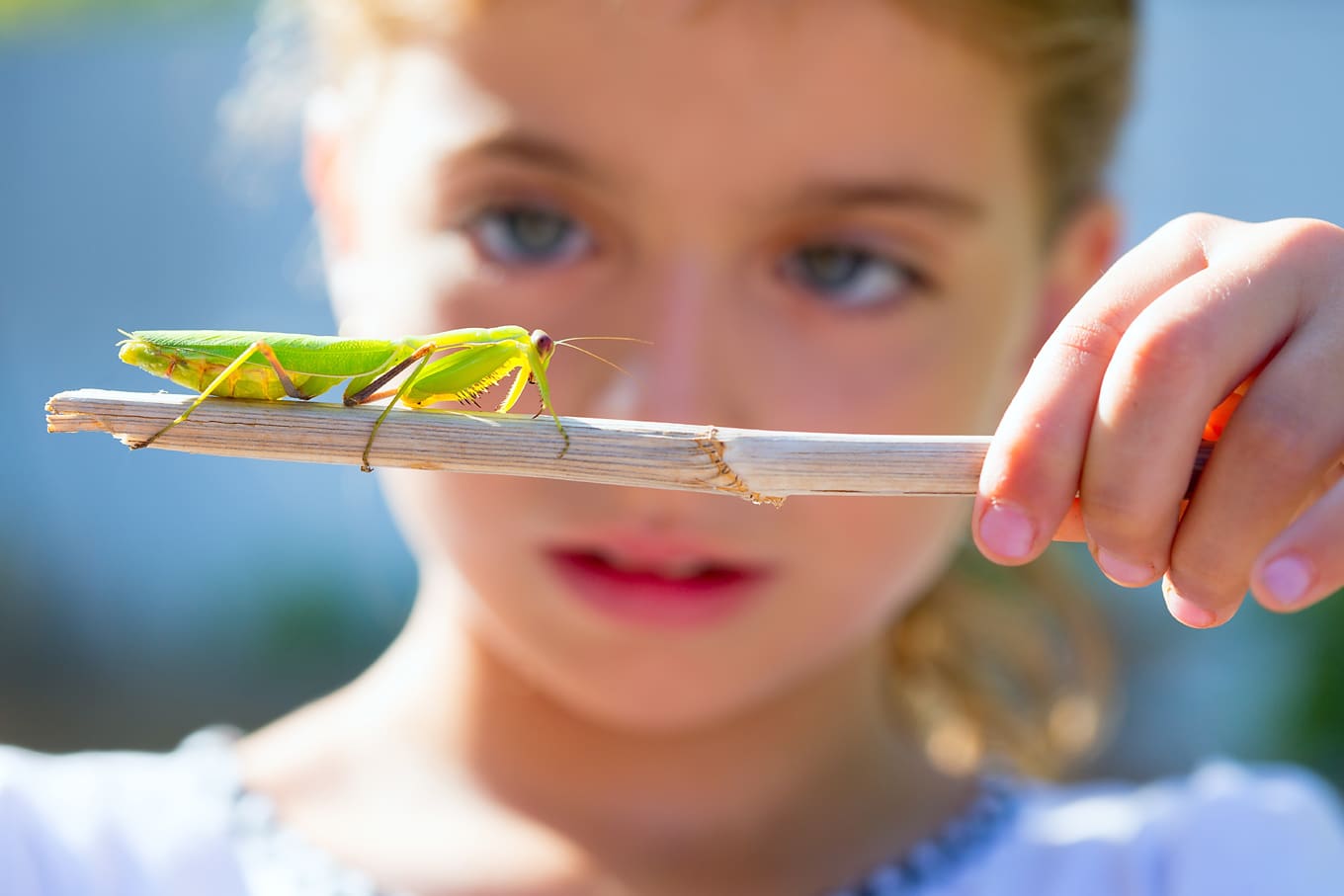
Photo: Tono Balaguer | Adobe Stock
Nests, such a bird and squirrel
Cracked seeds or shells
Munched leaves (leaves with holes)
Spider webs
Shells
Exoskeletons
Scat (wild animal droppings)
Feathers
Bones
Dens
Burrows
Tunnels
Anthills
Eggs
Woodpecker holes
Snakeskin
Fur
Animal tracks
Cocoons and chrysalids
Beaver lodges
Beehives and hornet nests
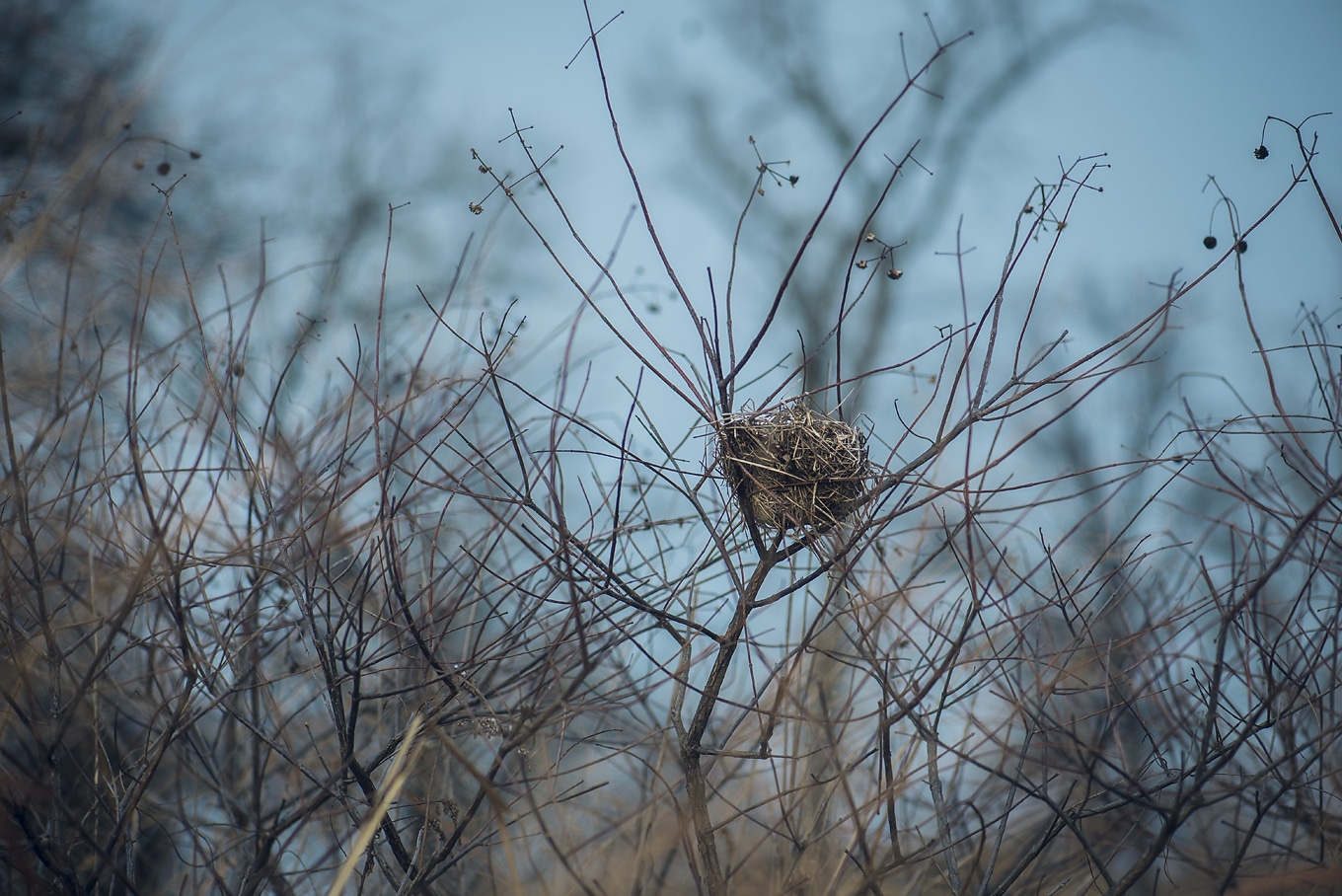
Photo: Amy Buxton | Adobe Stock
Trails and/or roads
Trail markers
Stone cairns
Carved trees
Footprints
Vehicle tracks
Litter (pick up and throw away)
Geocaches or letterboxes
Buildings
Fairy homes
Hunting and/or bird blinds
Bird feeders
Birdhouses
Bat houses
Bridges
Shelters, forts, and tree forts
Docks
Arrowheads
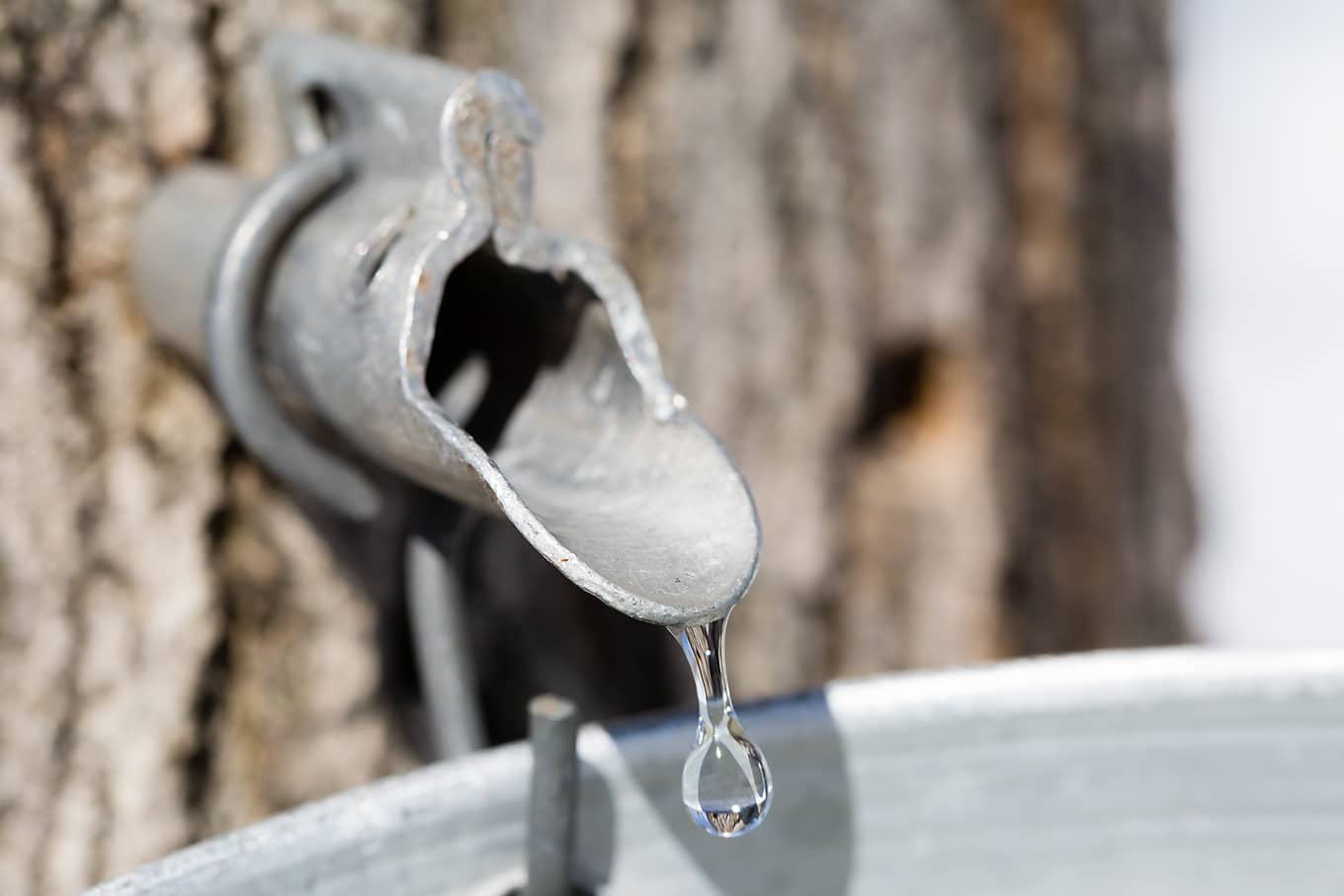
Photo: Martin | Adobe Stock
Rocks and minerals
Fossils
Concretions
Sand
Clay
Landforms, such as mountains
Rivers, creeks, streams, and freshwater springs
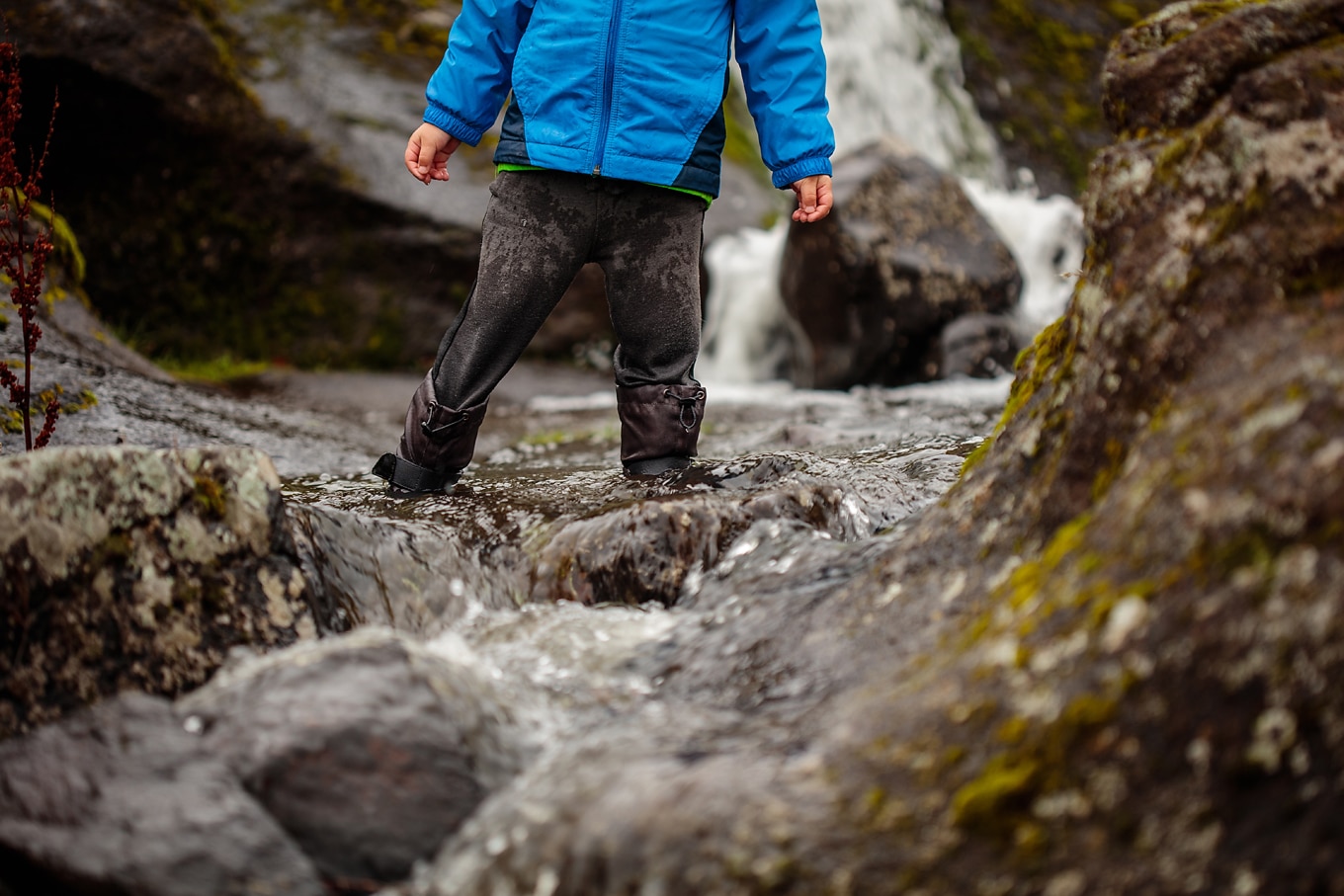
Photo: Paloma Ayala | Adobe Stock
Rotting logs
Ice and/or icicles
Snow
Rain
Mud
Vernal pools
Frost
Puddles
Dew drops
Sunsets and/or sunrises
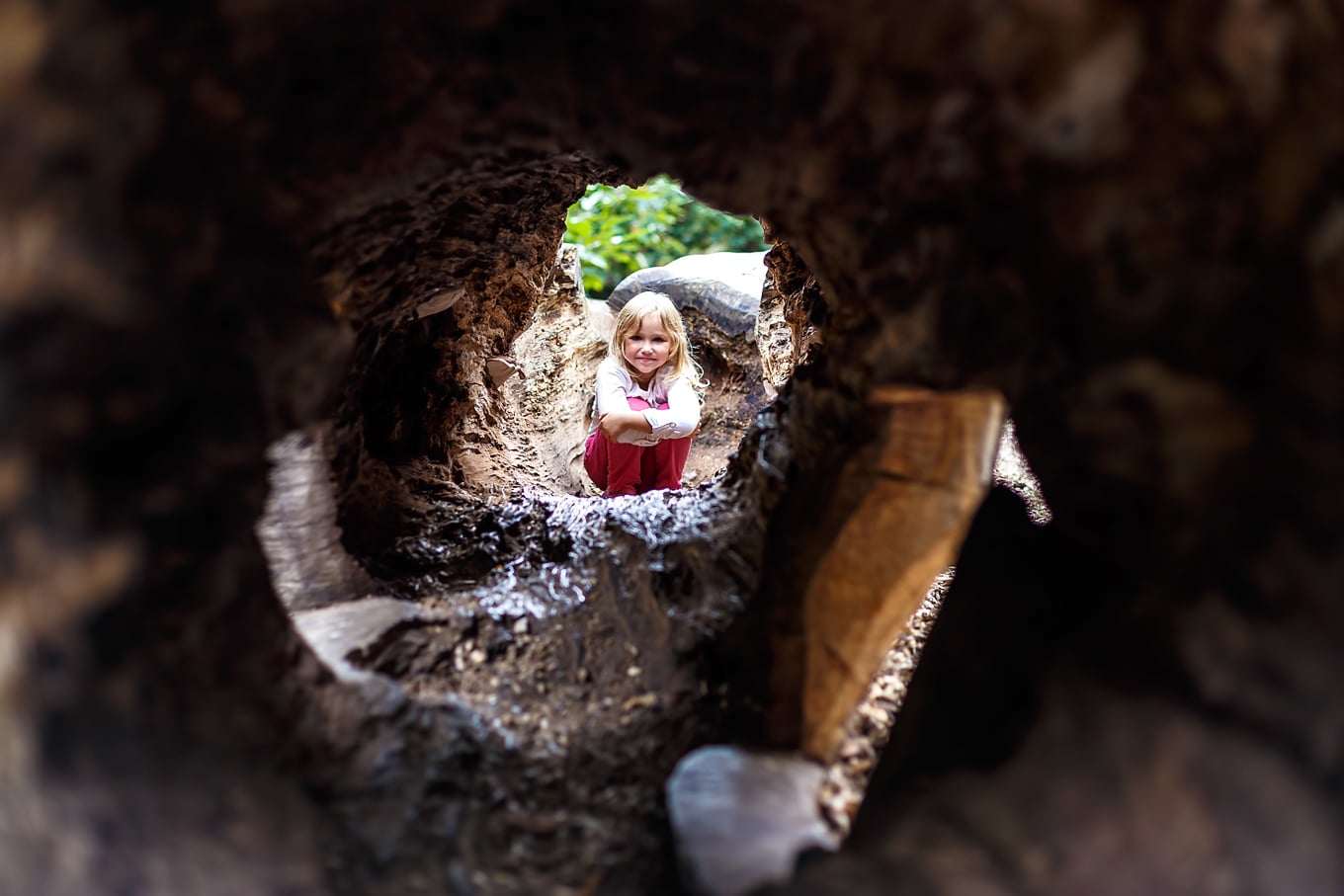
Photo: Alexey Fedorenko | Adobe Stock
Don’t forget to save this post on Pinterest for later! Be sure you are following along with Fireflies and Mud Pies here.
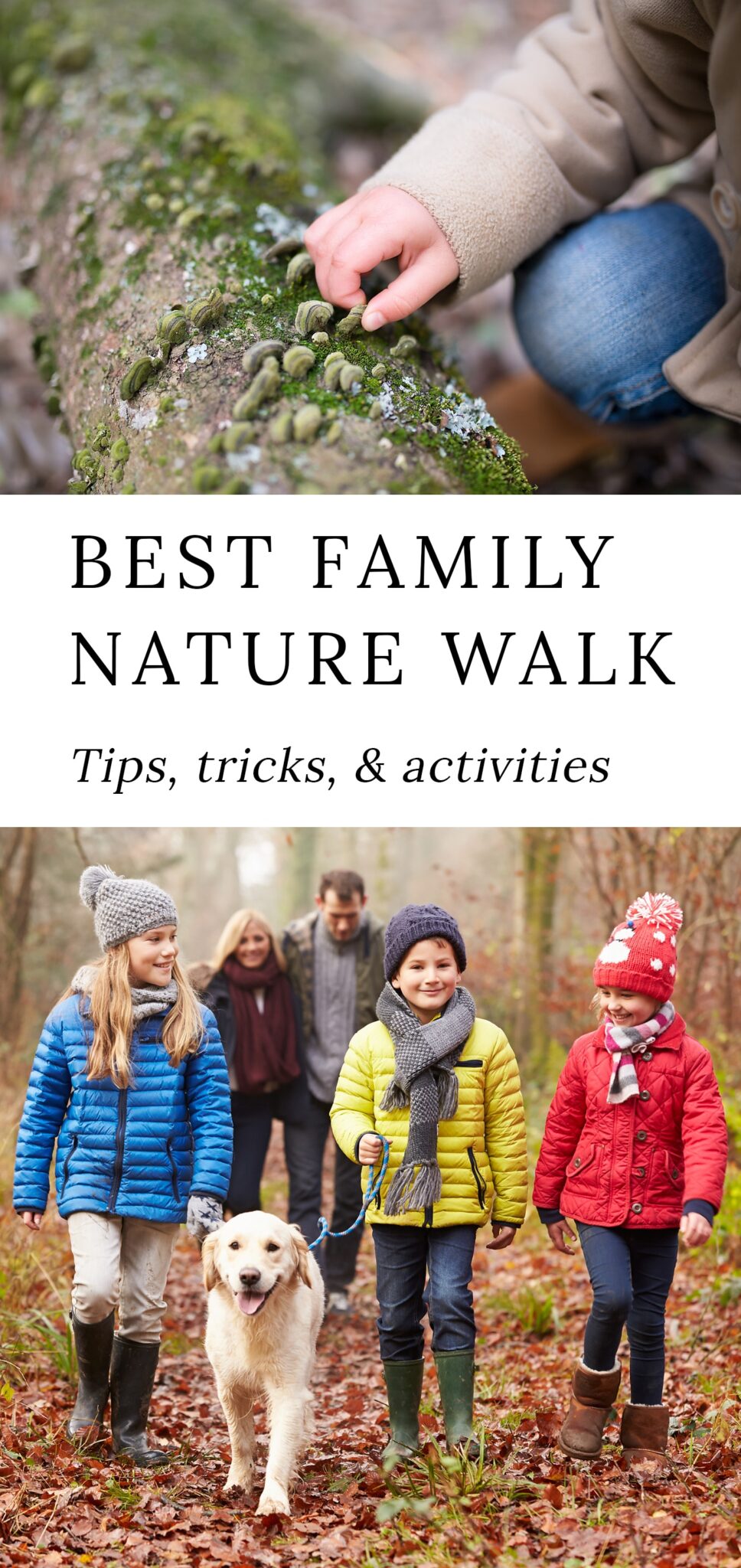
Family LifeNature ActivitiesYou May Also Like
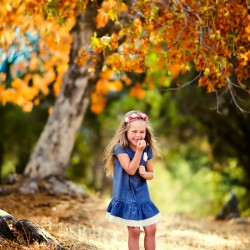

Add more detail about this product, such as benefits or components

Add more detail about this product, such as benefits or components
Whether your family lives in a city and enjoys access to public parks and gardens or lives in a rural setting such as mine, making time for outdoor play every day is a lifestyle choice you won’t regret.
Related: Sticks and Stones Outdoor Activity Book for Kids

Credit: Monkey Business | Adobe Stock
Nature walks need no agenda! You can search for wildlife, plants, or geocaches. You can explore vernal pools, hunt for edible plants, or collect colorful leaves.
Or, just stroll, breathe deep, and enjoy the fresh air, weather, and sounds of nature.
When you are going on a nature walk with kids, get everyone dressed appropriately for the weather! It is also helpful to have:
Close-toed shoes (we love KEEN sandals in the summer)
Insect repellent and/or sunscreen
Tip: Keep a change of clothes and a towel in the car just in case your kids decide to play in mud or water!
In my twenties, I worked for the local YMCA camp as an outdoor educator. Leading groups of kids and adults on nature walks was a large part of my workday. Let me tell you, there is nothing more thrilling than watching a child’s eyes widen at the sight of a deer or seeing him catch a toad for the very first time!
So lace up those close-toed shoes and grab your favorite water bottle! Shared below are 5 of my best tips for enjoying meaningful and engaging nature walks with kids.
For the simple purpose of supervision, I prefer to have kids walking in front of me rather than behind me. More importantly, letting kids lead a nature walk builds confidence and decision-making skills while satisfying their innate curiosity.
If your child is a toddler, you may feel inclined to strap her into a backpack or an all-terrain stroller. I would love to encourage you not to do so!
If a child is in a stroller, she cannot stop to examine pine needles or gently touch lichen growing on a tree. When carried in a backpack, he may not notice the beetle crawling over a rotting log, or the stunning orange leaf in the middle of the path.
There is so much for children to see, touch, smell, and discover on a nature walk!

Photo: MNStudio | Adobe Stock
Sure, you may not get very far while walking with a little one…but that’s okay! Allow your child to set the pace, and avoid hurrying her along.
Related: 10 Ways to Spend Quality Time with Kids
Bring a bag and invite your child to start a nature collection by gathering interesting items that have fallen to the ground. Pine cones, bark, leaves, sticks, small stones, and seeds can all be saved and used for nature crafts.
We store our nature collection in a basket outside on the porch. Right now, there is even a small mammal skull in it!
Tip: Provide magnifying glasses, plastic tweezers, and kid-friendly field guides so kids can examine and identify their treasures.

Photo: nadezhda1906 | Adobe Stock
There is satisfaction in listening to the not-so-silent sounds of the forest. Mindful listening is being fully present and aware of yourself and the sounds around you.
Through mindful listening, kids will notice and feel gratitude for the sounds of wind, birds, babbling brooks, leaves, and crackling twigs.

Photo: Yury Zap | Adobe Stock
Try it: Invite your child to close their eyes, press their face towards the sun, and listen to the sounds of nature. What do they hear?
Kids and clothes are so very washable! And a little dirt helps build a child’s immune system.
Say yes to mud squishing, puddle jumping, creek splashing, frog catching, and hill rolling. Let your child’s hair become wild and unruly and their cheeks pink and streaked with dirt!

Photo: Paloma Ayala | Adobe Stock
Photographs of kids in nature are incredibly touching and you won’t want to forget these moments with your family.
Additionally, not everything your child finds on the nature walk can be brought home to their nature collection. Instead, consider snapping a picture as a keepsake.
Related: Fun Outdoor Arts and Crafts Ideas for Kids

Photo: Syda Productions | Adobe Stock
Simple nature walk activities are fun and can help kids become more engaged in the experience. Shared below are some of our favorite ideas:
Pack small canvases and travel-sized tubes of green and brown paint. Invite your child to create camouflage art with paint, grass, leaves, dirt, and twigs. The paintings can dry in the sun while you enjoy lunch or explore a creek. Collect items for nature crafts!
Invite your child to collect interesting leaves, like tuliptree or sassafras leaves. Back at home, use those leaves to make colorful leaf-stamped shirts.
Building a gnome or fairy home sparks imagination and creativity! Best of all? All the supplies you need for this nature walk activity are found outdoors!

The moment you place a flower crown on your child’s head, they become king or queen and are swept into the magical world of imaginative play.
My young boys love to play the color match game, I Spy, and participate in nature scavenger hunts.
Kids love to work with friends and siblings to build log forts. It’s so fun to see what they create!

There is so much to see and discover outdoors! When I take kids on nature walks, some of the things we look for include:
Deciduous trees
Evergreen trees
Leaves
Flowers
Buds
Mosses
Sticks
Pine needles
Fruit, such as apples, pawpaw, blueberries, and black raspberries
Edible plants, such as cattails, wild garlic, and dandelions
Aromatic plants, such as wintergreen
Bark
Sap

Photo: catalin30682 | Adobe Stock
Acorns
Pine cones
Walnuts
Chestnuts
Maple keys (helicopters)
Milkweed pods

Photo: Anna Kubczak | Adobe Stock
Shelf fungi
Mushrooms
Slime molds
Lichens

Photo: hakase420 | Adobe Stock
Mammals, such as squirrels and deer
Birds, such as hawks and woodpeckers
Reptiles, such as turtles and snakes
Amphibians, such as frogs and salamanders
Insects, such as fireflies, ladybugs, and mantids
Crustaceans, such as crayfish and pill bugs

Photo: Tono Balaguer | Adobe Stock
Nests, such a bird and squirrel
Cracked seeds or shells
Munched leaves (leaves with holes)
Spider webs
Shells
Exoskeletons
Scat (wild animal droppings)
Feathers
Bones
Dens
Burrows
Tunnels
Anthills
Eggs
Woodpecker holes
Snakeskin
Fur
Animal tracks
Cocoons and chrysalids
Beaver lodges
Beehives and hornet nests

Photo: Amy Buxton | Adobe Stock
Trails and/or roads
Trail markers
Stone cairns
Carved trees
Footprints
Vehicle tracks
Litter (pick up and throw away)
Geocaches or letterboxes
Buildings
Fairy homes
Hunting and/or bird blinds
Bird feeders
Birdhouses
Bat houses
Bridges
Shelters, forts, and tree forts
Docks
Arrowheads

Photo: Martin | Adobe Stock
Rocks and minerals
Fossils
Concretions
Sand
Clay
Landforms, such as mountains
Rivers, creeks, streams, and freshwater springs

Photo: Paloma Ayala | Adobe Stock
Rotting logs
Ice and/or icicles
Snow
Rain
Mud
Vernal pools
Frost
Puddles
Dew drops
Sunsets and/or sunrises

Photo: Alexey Fedorenko | Adobe Stock

Family LifeNature ActivitiesYou May Also Like


Add more detail about this product, such as benefits or components

Add more detail about this product, such as benefits or components
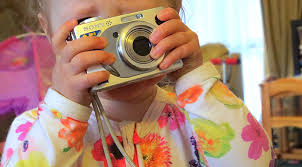

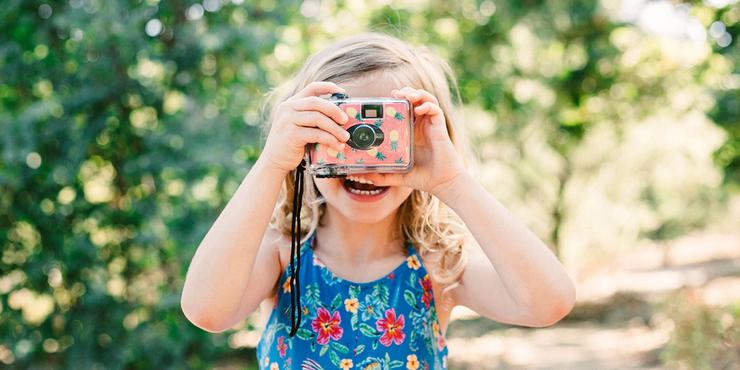
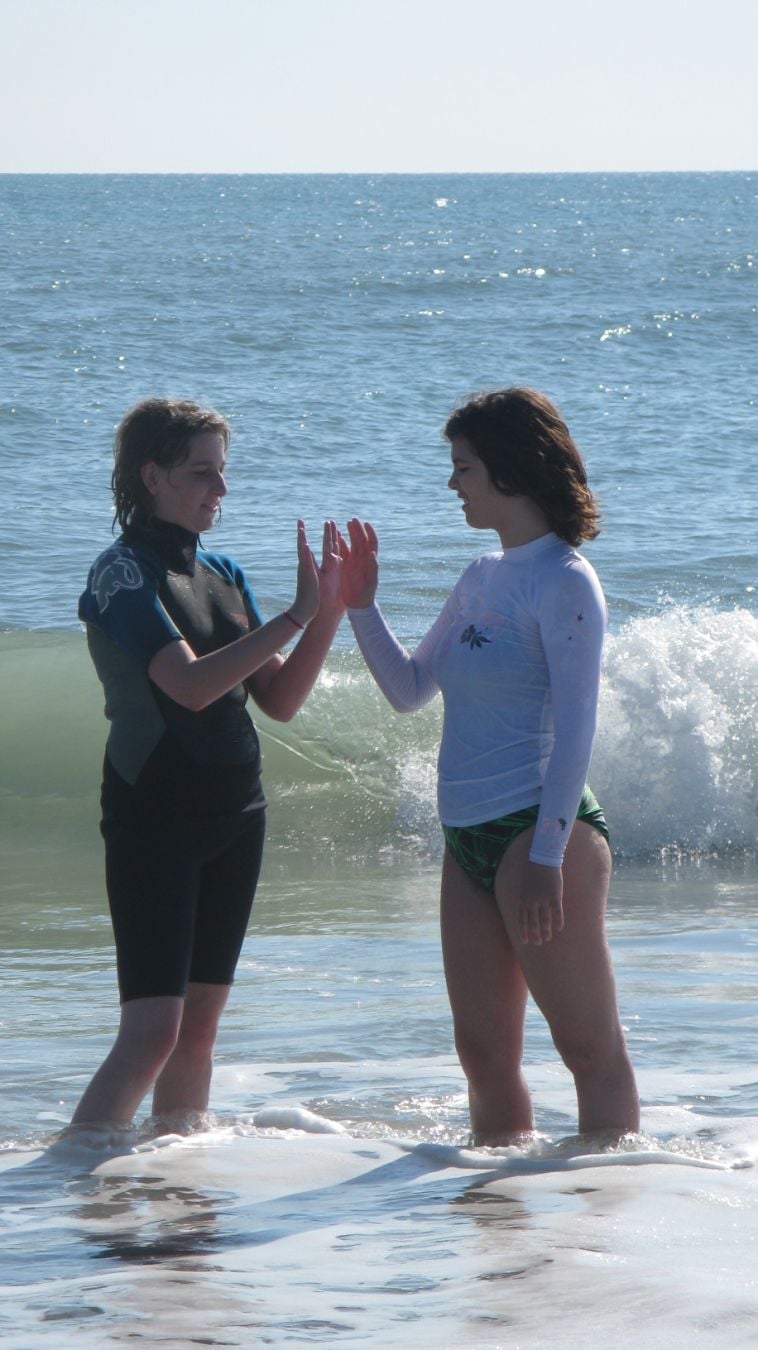
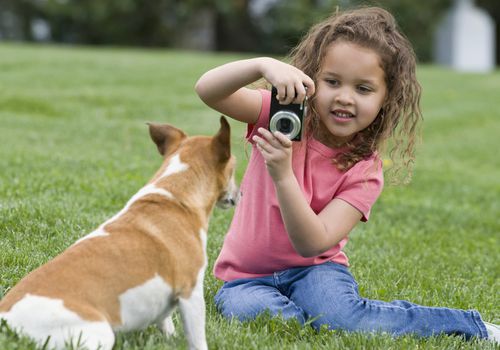
Want to get some great nature photos? Just grab a camera and follow these easy tips!
Camera
Fit the SHAPE.
•Think of your camera’s viewfinder as a picture frame. Try to match the frame to the shape of your subject.
•If you have an up-and-down subject, don’t hold the camera in the “normal” way (like the smaller photo on the left). Turn your camera side-ways to fit the shape of your subject.
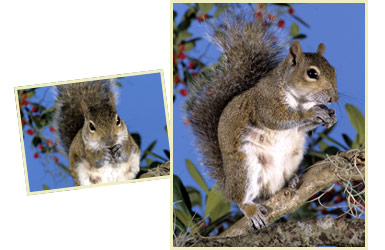
Get the LIGHT RIGHT.
•If you shoot toward the sun, your subject may come out too dark (like the smaller photo on the left).
•Shoot with the sun behind you or to the side and the subject will come out just right.
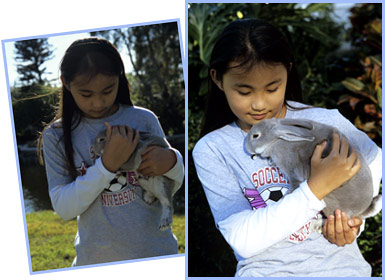
Seek cloudy weather.
•If you shoot in bright, midday sun, your photo may have lots of glare and dark shadows (below left).
•Wait for a cloud to come along, or shoot early or late in the day. That will “soften” the glare and shadows for a more pleasing photo (below right).
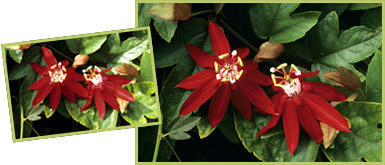
Fill the frame.
•Small things can “disappear” if you shoot from too far away (below left).
•”Supersize” your subject by using your camera’s zoom or by moving closer (below right).
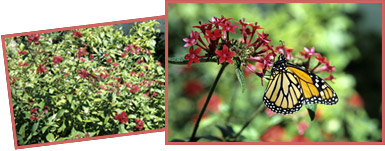
Cut the clutter.
•Check all parts of your frame before you shoot. Watch for stuff that doesn’t belong—and takes attention away from your subject (below left).
•Move your subject (or yourself) or zoom in to get a simpler, uncluttered background (below right).
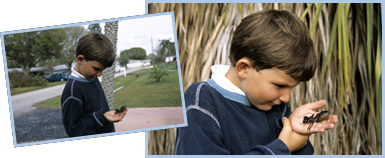
Go low.
•Got a subject at ground level? Aiming down (lower left) might be OK, but . . .
•. . . it’s usually better to get down on your knees or even your belly and go eye to eye (lower right).
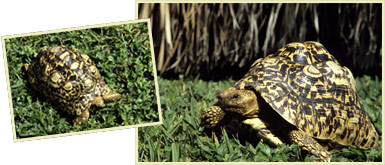
Catch the moment.
•Think you have a good shot lined up? Go ahead and shoot (lower left). But then wait a moment.
•With patience, you may turn a good shot into a great one (lower right). Try to catch that magical moment!

Once you have a great photo, enter it into a photo contest!
Enter Ranger Rick’s “Your Best Shots” photo contest!
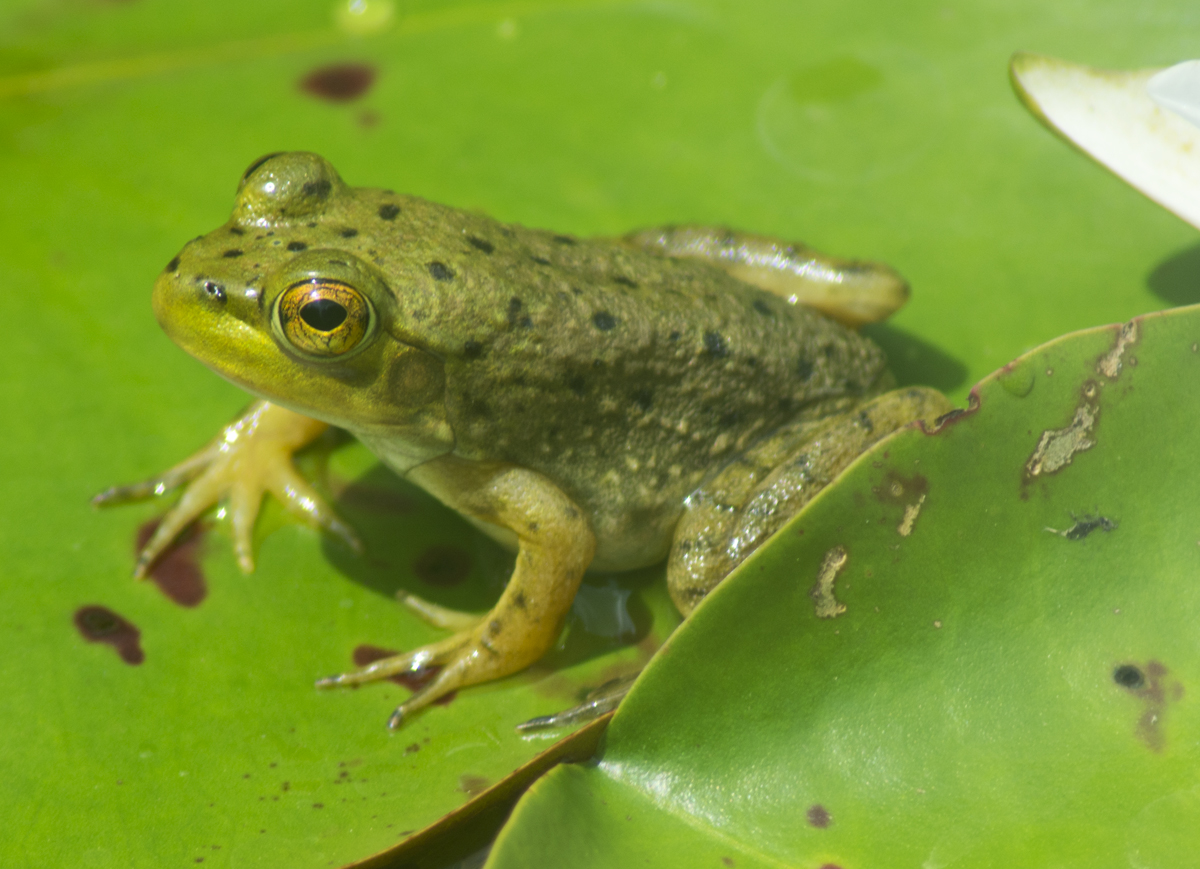
More Tips for Taking Critter Pictures
•Move slowly and quietly.
•Watch your shadow—it can scare your subject.
•Be careful where you walk—don’t step on flowers or other delicate living things.
•Never disturb an animal you’re shooting.
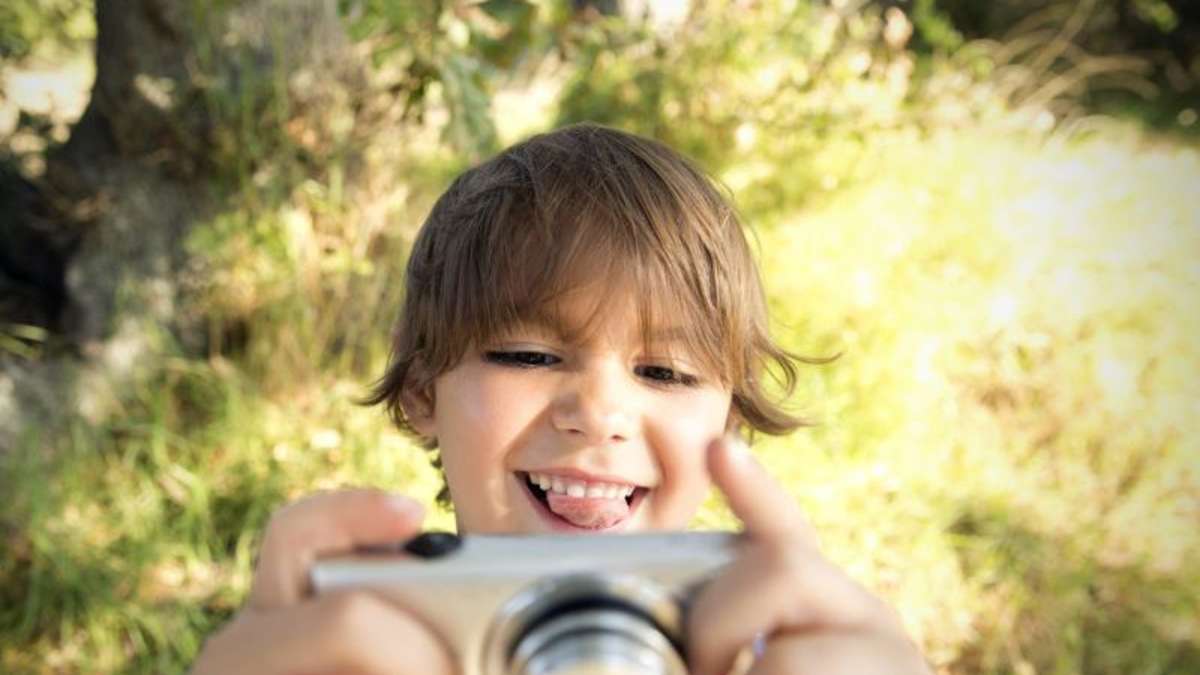

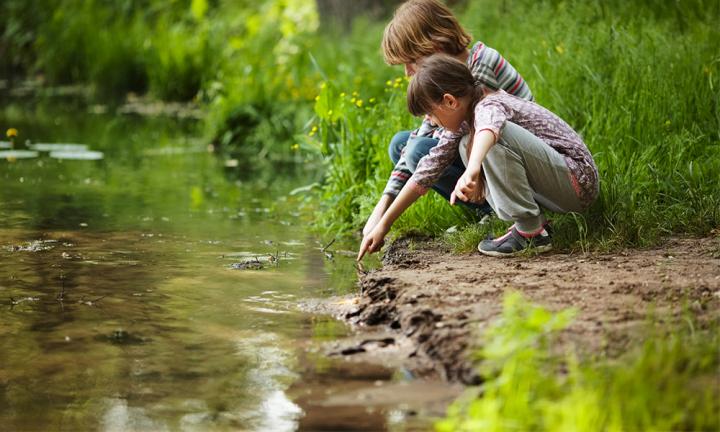
Gather great outdoor memories at your next special event by getting everyone taking photos.
Cameras
Chalk (optional)
Clipboards or temporary ones made from corrugated cardboard
Flags, scarves or any brightly colored item (to show boundaries of the hunt)
Pencils or crayons
Scavenger hunt lists
String or yarn
Ask everyone to bring a camera or phone that takes photos.
You can use disposable cameras, but they create waste and usually have limited photos you can take.
This is a great activity for birthday parties, so in the invitations, ask each person to bring a camera. You might gather some back-up cameras from friends to help those who forget.
Prepare a scavenger hunt list per guest
If the guests are younger than seven, it’s better if the list shows photos and words, not just words. You could use our Backyard Scavenger Hunt list. (Correct Link?)
It helps the guests if you put the lists on a clipboard and attach a pencil or crayon with a string. If you don’t have enough clipboards, you can make temporary ones from corrugated cardboard.
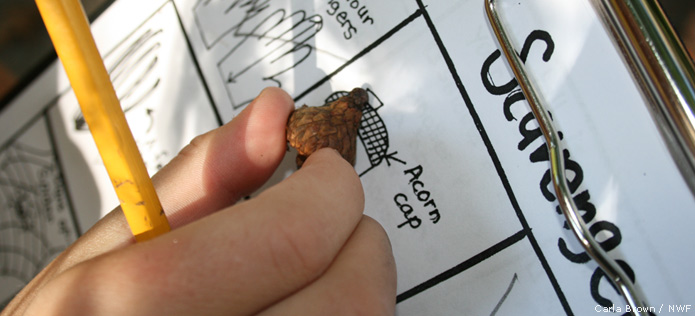
If you make your own list, be specific and imaginative
Be descriptive winged bug rather than just bug open flower rather than just a flower. You can ask for scavenger hunt photos that let the participants use their imaginations such as: something fuzzy an object that is your favorite colors chalk drawing you just made. You can ask for photos that test their camera skills, such as: something moving a silhouette- shadow something zoomed in but not blurry
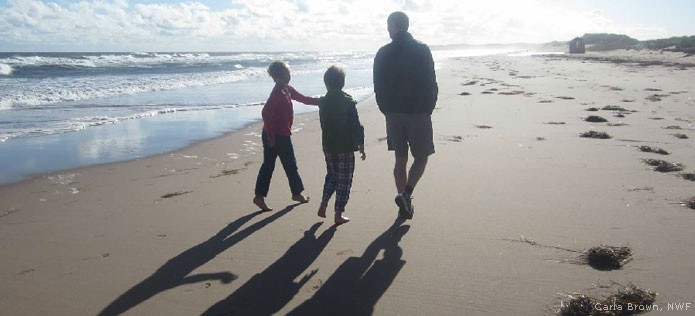
Include on the list behaviors of other people
Maybe they can take photos of each other doing various behaviors such as: a person swinging on a swing someone laughing for real someone being kind to people dancing. Maybe they must take three photos of the birthday kid.
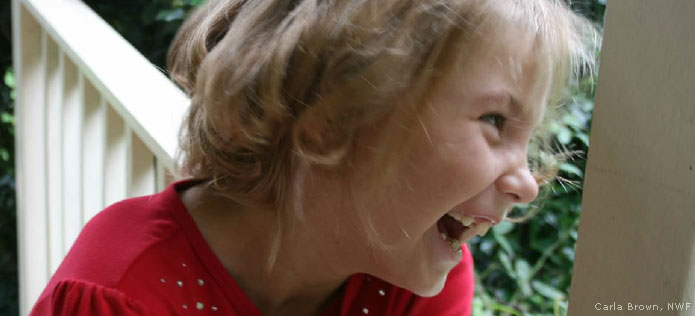
Kick off the scavenger hunt
You might pair up smaller children with an adult, or have older kids work in pairs. That way, if they wander out of view, you know everyone is safe.
But that brings up a key point – you must now set the boundaries for the hunt. Do they have to stay in your backyard? If you are at a park, what are the boundaries? If it is not super obvious, you might tie flags on trees or poles to remind them of the boundaries – to keep things safe and fair.
Also, tell them how much time they have, and what will be the signal to come back. Perhaps you will ring a bell or hit a gong!

Let the festivities begin!
While everyone is out hunting, you might have a few adults patrolling to help answer questions. Some kids will be more savvy with cameras than others, so you might need to teach children how to look on the camera to see if their photo was taken.
Call everyone back
It’s great to have some kind of acknowledgement for everyone’s efforts – so this is a good time to pull out a special snack or make medals from recycled metal lids attached to ribbon.
Make a slideshow of everyone’s findings
If you have a tech-savvy person at the party, you could ask them if they could make a funny slideshow for everyone to watch when it is time to eat cake.
